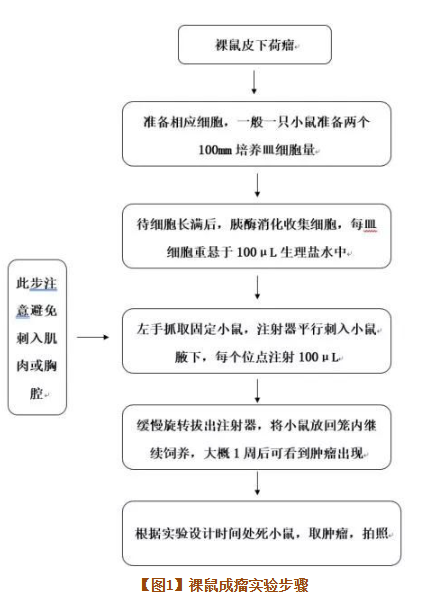The Application of Nuclear Magnetic Resonance to Structural Studies of Polysaccharides
Polysaccharides are ubiquitous components of living tissues. They are storage compounds in both animals and plants, and form important structural elements in, for example, plant cell walls, insect exoskeletons, and animal connective tissues. In bacteria, they are important both as structural elements in the cell wall (the teichoic and teichuronic acids) and as surface antigens, such as the O -antigenic oligo- or polysaccharide chain of the lipopolysaccharides (LPS) of gram-negative species, and the capsular polysaccharides (CPS) found on many pathogenic bacteria. These extracellular bacterial polysaccharides have a protective function, preventing desiccation of the organism, and are important determinants of virulence, since they shield the bacterium from the body's defenses.





